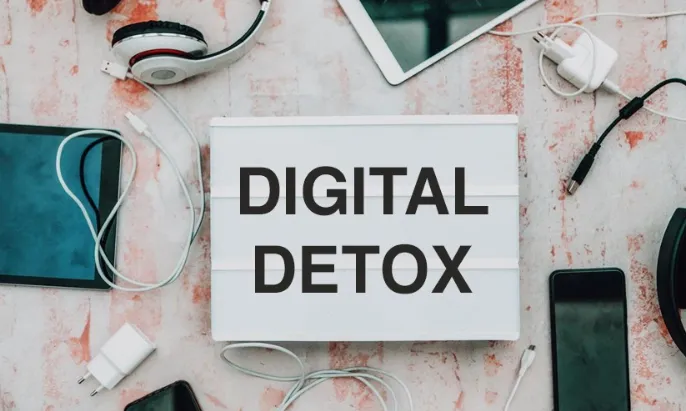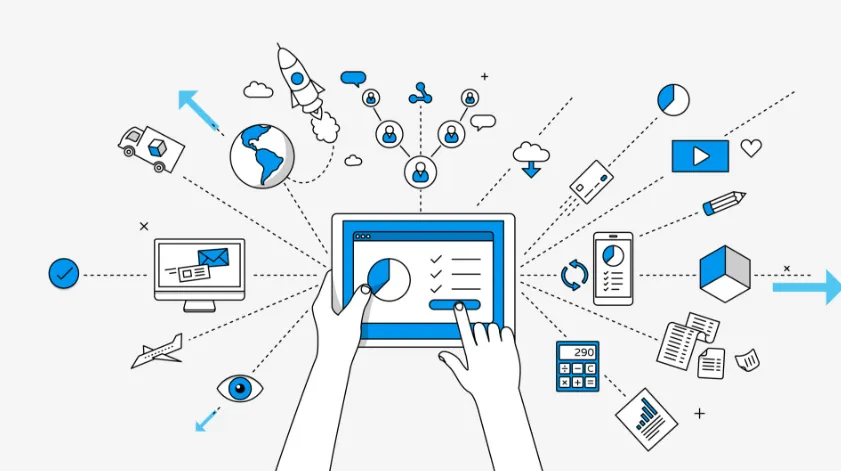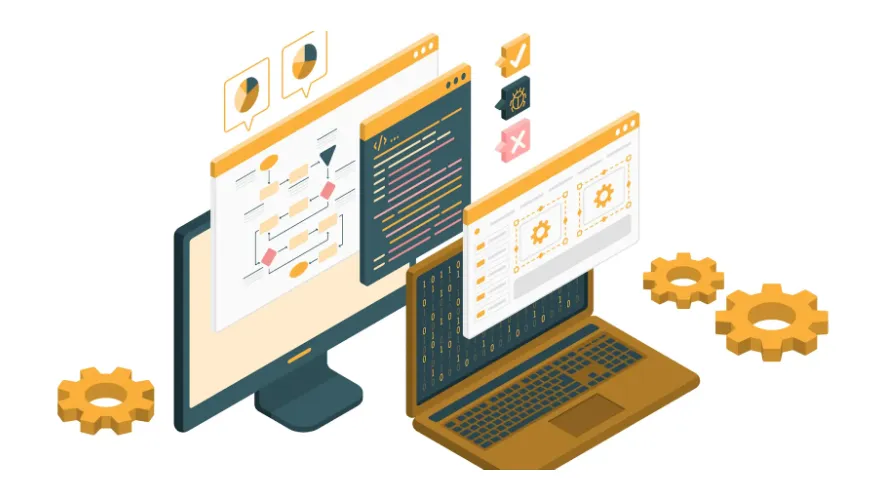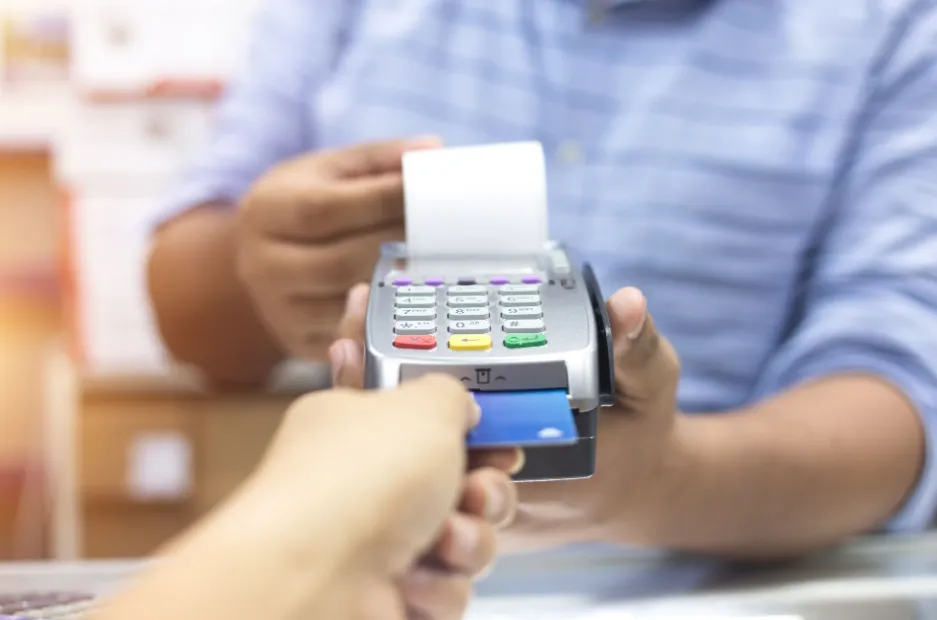In today’s hyper-connected world, the idea of a digital detox has been gaining significant traction. As technology becomes an inseparable part of our daily lives, the necessity to unplug and reconnect with the offline world is increasingly recognized. This article delves into the importance of digital detox, its benefits, and practical ways to implement it, offering a fresh perspective on achieving balance in our tech-saturated society.
Contents
The Need for Digital Detox
The proliferation of smartphones, social media, and instant communication has led to an era where being online is the default state for many. This constant connectivity, while beneficial in numerous ways, also comes with its own set of challenges. The pressure to stay updated, respond to messages instantly, and maintain a digital presence can lead to stress, anxiety, and even burnout. A digital detox, therefore, becomes essential to mitigate these negative effects and restore mental well-being.
Benefits of Disconnecting
- Improved Mental Health: Taking a break from digital devices can significantly reduce stress and anxiety levels. It allows individuals to unwind, free from the incessant notifications and demands of the online world.
- Enhanced Focus and Productivity: Constantly switching between tasks and digital distractions can hamper productivity. A digital detox can help improve focus, leading to better performance in both personal and professional tasks.
- Better Sleep Quality: Exposure to screens, especially before bedtime, can disrupt sleep patterns. Disconnecting from devices a few hours before sleep can lead to better sleep quality and overall health.
- Strengthened Relationships: Spending time with loved ones without the interference of digital devices fosters deeper connections and meaningful interactions.
Implementing a Digital Detox
- Set Boundaries: Establish specific times during the day when you disconnect from digital devices. This could be during meals, an hour before bed, or during family time.
- Digital-Free Zones: Create areas in your home where digital devices are not allowed, such as the dining room or bedroom. This encourages face-to-face interactions and a break from screen time.
- Engage in Offline Activities: Find hobbies and activities that don’t involve screens, such as reading a book, hiking, cooking, or engaging in creative arts.
- Use Technology Mindfully: When using digital devices, be mindful of the time spent and the purpose. Avoid mindless scrolling and focus on activities that add value.
A Balanced Approach
While a digital detox is beneficial, it’s also important to strike a balance. Technology, when used mindfully, can enhance our lives in numerous ways. It’s about finding a middle ground where we can reap the benefits of technology without becoming slaves to it.
For those looking to explore more on achieving this balance, platforms like https://22betcd.com/en_cd/ offer a variety of resources and activities that can be a part of your digital wellness journey. Whether you’re taking a break to engage in a new hobby or exploring interests outside of your digital realm, such platforms can provide a balanced approach to leisure and relaxation.
In conclusion, a digital detox is not about completely shunning technology but about using it in a way that enhances our overall well-being. By taking intentional breaks from our digital devices, we can improve our mental health, productivity, and relationships, ultimately leading to a more balanced and fulfilling life. So, consider incorporating a digital detox into your routine and experience the benefits of a more mindful and connected life offline.









